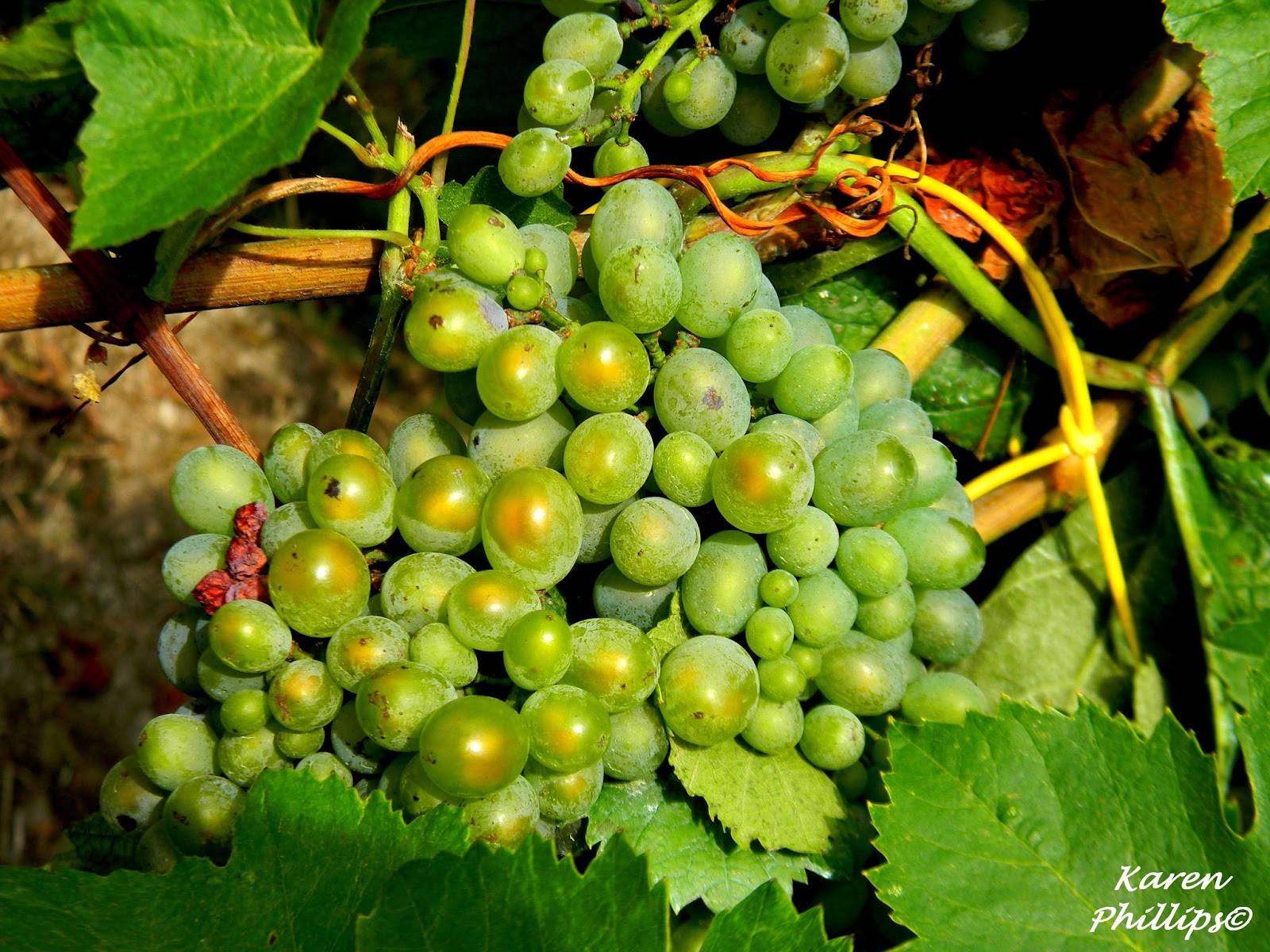Curiosity killed the cat-satisfaction brought him back. During the following week, that glass of wine styed in the back of my mind. An excellent pairing for the desire to learn more about a winery that perched above the hills of the Sorrento Peninsula. Vineyards that I wanted, no, almost needed to visit and see for myself.
So I did... I met up with wine maker and agronomist Arturo Erbaggio at a piazza in Vico. Erbaggio highly recommended we leave my car in a local garage and go together in his. I soon found out why. As we left the semi-crowded centro storico and headed up the hill, I had a chance to enjoy the views of the peninsula as Erbaggio filled me in on local culture, customs, etc etc. A quick stop to admire the panorama from the parking lot of the San Francesco Convent and then we continued. The road became narrower and narrower as it wound itself around nature. A path about as wide as his car. Erbaggio shared that he usually comes on his moped. He even convinced me that work had been done over the past year to widen the road. I would soon find out what was on at the end of it. An iron gate that led to a dream in progress. A fusion between old school and new ideas. An iron gate that opened up to Azienda Abbazia di Crapolla.
Erbaggio parked the car and we took a walk. We walked through young falanghina and fiano vineyards maturing in the August sun. Slowly maturing. I was surprised. I assumed that being in Vico Equense, an area that I associated with sea and sun these white grapes would be ready for the harvest. I was mistaken. This vineyard acts as if it is in the mountains. The area is humid and does not receive the hot rays of the sun that the sunbathers spread out on the beach some 300 meters below. Terrain? Sandy clayey topsoil, very rich in pumice. He reached down and and picked up a handful of soil so that I could see up close. A picked out a a small pumice stone and broke it in half, showing me the glass inside. Products of the 79 Vesuvius eruption.
Below varying thickness of limestone. A soil poor in organic matter and nitrogen, not favorable conditions for a vineyard and producing a wide range of challenges for any wine maker. In this vineyard near olive trees and a vegetable garden, falanghina and fiano have been getting to know the territory since 2007. It was back then when the winery owners, Giuseppe Puttini and Fulvio Alifano decided to purchase this piece of property attached to an abbey dating back to the middle ages and meld their passion for wine and nature. I was standing in the vineyard that bottledits first vintage for commercialization, Sireo Bianco 2011, could be found on some of the hottest wine lists in Campania; Le Axidie, Il Bikini, Taverna del Capitano, and Don Alfonso 1890 to name a few. Not too shabby for a young winery.
Falanghina does well here while fiano struggles, Erbaggio told me. But in the wine glass, the combination is spectacular I remembered. I thought back to that acidity, that freshness that paired perfectly with the seafood menu I had on the beach that afternoon a couple of weeks earlier. So when would these grapes be ready for harvest, I asked. October. After the Irpinia whites, Erbaggio told me. I was surpirised again.
We continued to walk past the rows of white falanghina and fiano towards the rows of pinot nero. Pinot nero, a grape who was living in a foreign territory. No one else in Campania has planted and/or produced wine with this red variety. No one. But winery owners Putini and Alifano have a love for reds, particularly those grown in the Burgundy region of France so they decided to give it a try. I was curious how it was going. Curious of the challenges with this grape here, in this vineyard with its difficulties and no history whatsoever.
Erbaggio had made his way down to the other side of the vineyard. A piece of the 2 hectares dedicated to grape growing which hosted montepulciano and merlot grapes planted by the previous property owners back in 1978.
The montepulciano and merlot grapes grown here are used in their third wine; Sireo Rosso. An easy red that demands the right pairing such as grilled meats or vegetables.
We headed towards the cantina following a beaten path which overlooked the sea some 300 meters below. At this point I met up with one of the owners, Fulvio Alifano and his wife who took me on a tour of their facility. Property that was purchased 7 years ago a combination of dreams and determination combined with bureaucratic red tape. Hopefully in time, they abbey form the middle ages will be successfully transformed into a full functioning winery complete with a wine tasting room and several small apartments which can be rented by wine and nature lovers alike. Alifano took me up on the roof so that we could see the entire coast, from Castellamare di Stabia to Punta Camapanella.
I thought about that as I headed down the small steel ladder temporarily placed next to the side of the roof. A short afternoon in Vico Equense which opened my eyes to a different reality. A small winery who has a tight winding road ahead of them. Similar to the narrow street that Erbaggio drove me me up earlier. A street that was a little bumpy, one in which we had to stop a couple of times...but in the end? A spectacular view...
Abbazia di Crapolla
Localita' San Salvatore, Vico Equense (Na)
Note: Abbazia di Crapolla harvested their pinot nero Spetember 1st. I'm glad I got a chance to see it on the vine. Now we just need to wait... :-)





















No comments:
Post a Comment